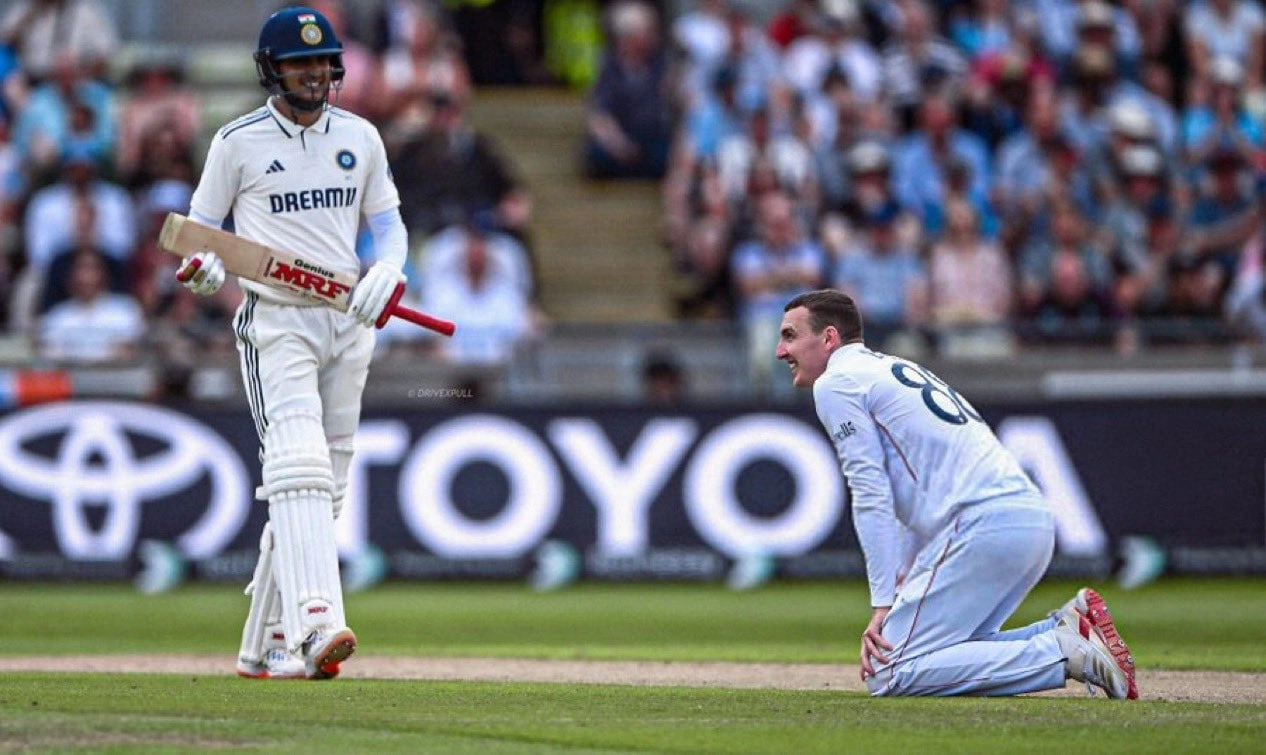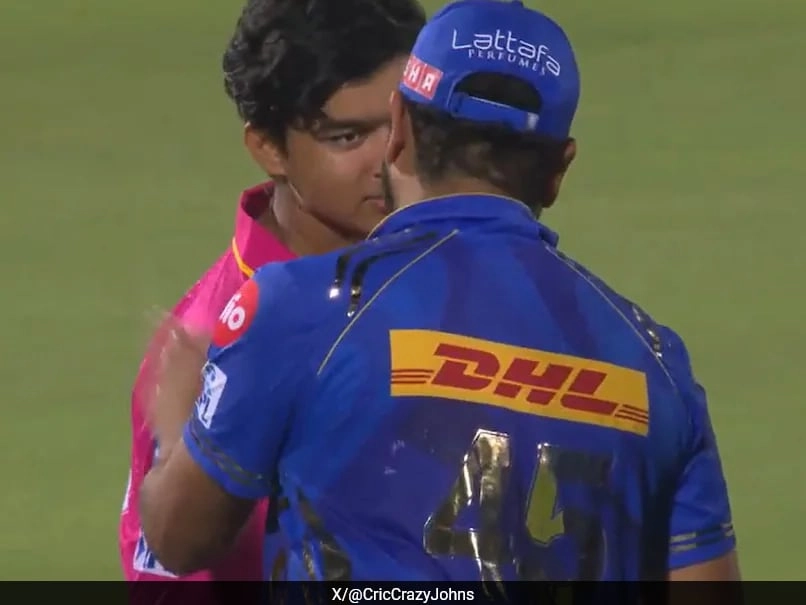In a thrilling encounter during the recent Test match between England and India, the spotlight shifted from the pitch to the psychological tactics employed by players. Harry Brook, the rising star of the English cricket team, was at the center of this intriguing narrative, as he seemingly engaged in a battle of wits with Indian opener Shubman Gill. The match witnessed Gill on the brink of a remarkable triple century, a feat that would have solidified his status as one of the game’s elite. However, Brook’s mind games reportedly played a pivotal role in disrupting Gill’s concentration and focus at a crucial juncture in the game.
The viral video capturing this moment has taken social media by storm, igniting discussions among cricket fans and analysts alike. In the footage, Brook can be seen employing various tactics aimed at unsettling Gill, showcasing the mental aspect of cricket that often goes unnoticed amidst the physical prowess displayed on the field. As Gill approached his milestone, Brook’s relentless banter and strategic field placements seemed to create a palpable tension, one that ultimately contributed to Gill’s dismissal. This incident serves as a reminder that cricket is not merely a test of skill with the bat or ball; it is also a mental game where psychological warfare can influence outcomes.
Brook’s approach has garnered both admiration and criticism, highlighting the fine line between competitive banter and unsportsmanlike conduct. While some fans appreciate the intensity and psychological depth he brings to the game, others argue that it can distract from the spirit of cricket. Regardless of the opinions surrounding Brook’s tactics, the incident has sparked a broader conversation about the importance of mental resilience in sports. Athletes must not only hone their physical skills but also develop the mental fortitude to withstand pressure and distractions, especially in high-stakes situations.
As cricket continues to evolve, the interplay between mind games and athletic performance will likely become an increasingly vital area of focus for players and coaches. Brook’s encounter with Gill serves as a case study in the intricate dance of psychological warfare that defines modern cricket. As fans eagerly anticipate future clashes between England and India, they will undoubtedly keep an eye on how players navigate the mental challenges of the game, making it a captivating watch for enthusiasts of the sport.




